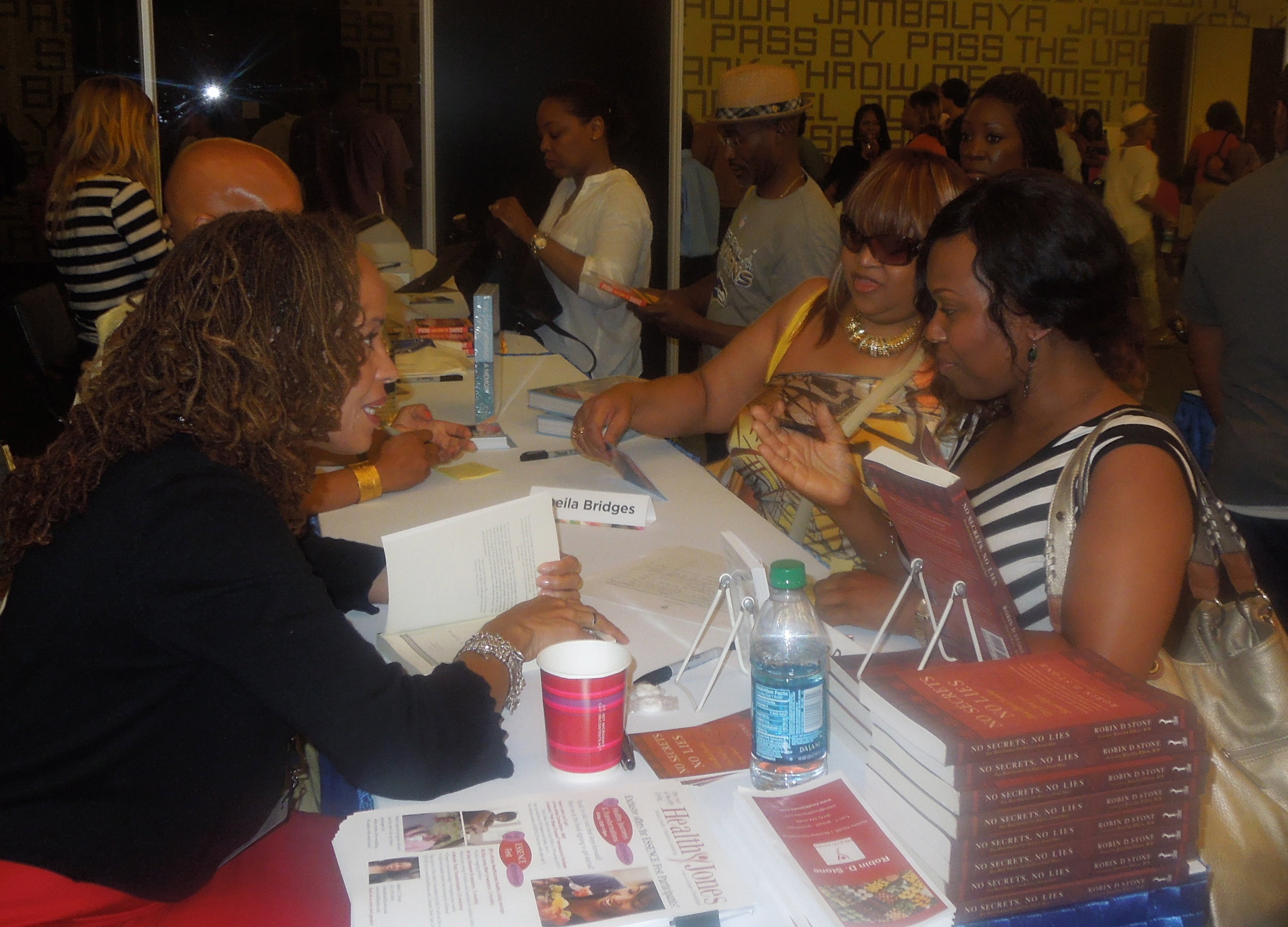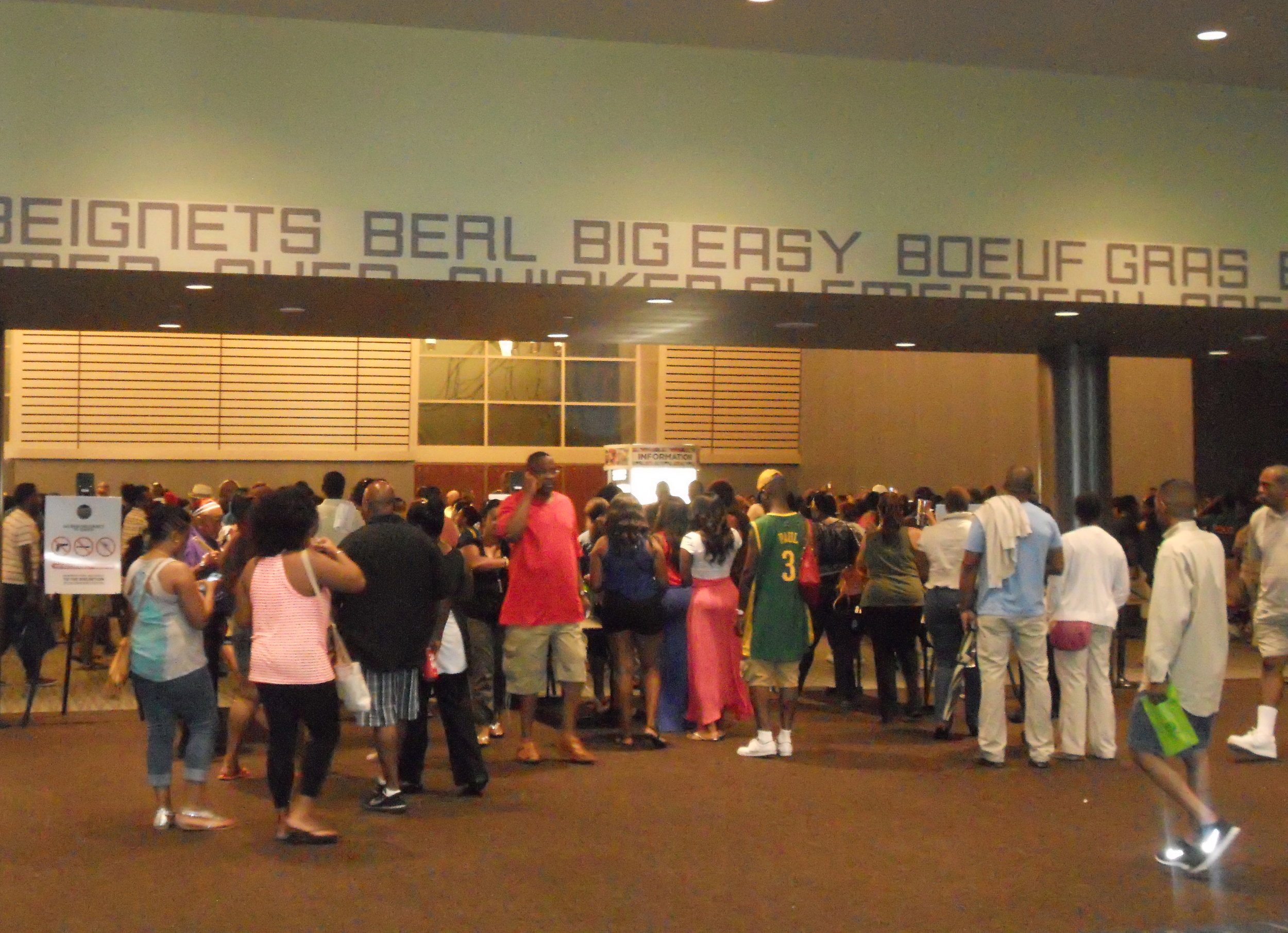Mom and me, summer 2013
“I’m sorry,” Mom said when shared the diagnosis in 2008. It’s what we were supposed to say to her, yet she worried about the toll the disease would take on her family.
In July she lost a calculated and hard-fought battle against lung cancer. And yet she won in so many ways.
She chose a clinical trial, booking chemotherapy on Thursdays, wedging it into her three-league bowling schedule on Mondays, Wednesdays and Fridays.
When she lost her hair, Mom bought a wig. It was close-cropped and mousy brown. A few months later, she bought another that was bigger and blonder. “That’s more like me,” I remember her saying. In the last few weeks of her life, she had another wig on layaway, and was determined to claim it.
Long retired from the postal service, Mom spent summers traveling to places like Reno and Kansas City for her women’s bowling association, and to Martha’s Vineyard for fellowship with house loads of women and kids. When my sister Terri and I weren’t home in Michigan for holidays, Mom visited Terri in Las Vegas or me in New York City.
She kept up with her monthly women’s card club meetings and her girlfriends’ birthday club, and continued to volunteer as a poll worker on election days. She shopped too much – buying stuff that filled her closets and garage, and that often became gifts. “What else can I do?” she would ask, rolling her eyes to the ceiling. “Go sit down somewhere and wait to die?”
Clearly, Mom had no time for being sick – or for dying.
Between the bowling and the trips and the cancer that eventually consumed her body, Mom taught us about living. In these new days without her, where the wounds of her absence are still fresh and tender, I choose to remember not just the song of her voice and her loving, easy, loving manner; not just her dry wit and adventurous spirit, but also the strength of her determination. Among the many life lessons that I’ve learned from her, these resonate most profoundly and bring me comfort. Some even make me smile.
Don’t feel sorry for yourself
In the nearly six years that she battled cancer, Mom sought to keep her illness to herself and a few of those closest to her. She recalled the troubling responses to friends who had made public their diagnoses. If you don’t feel sorry for yourself, she said, you have no idea whether other people feel sorry for you, and you really don’t care.
With my son, Zach, in 2012.
Take a chance
She chose a clinical trial. Black folks are underrepresented in experimental treatment programs – that’s no surprise given our legacy of medical mistrust stemming from brutal and unethical “research” like the Tuskegee syphilis study. A result: doctors are not as clear about how new medical treatments might affect Black patients. There’s no way to know for sure, but I believe that taking a chance bought Mom some time. Of course rates vary for people and their circumstances, butdata show that only 1 percent of stage 4 lung cancer patients survive at least 5 years after diagnosis. Mom lived for nearly 6 years. “I thought this might help me and somebody else,” she said when I once asked what motivated her to try the experimental treatment. And then she smiled. “And they said I wouldn’t lose my hair.”
Even in illness, your dignity matters
After the experimental treatment was followed by traditional lines of chemo, Mom’s hair had fallen out and returned in uneven patches. She kept it covered with a wig in public and a soft black cotton terrycloth turban at home.
I returned to town the week before Mom passed. When I first saw her in the hospital, I thought not about how tiny and fragile she looked, or how labored her breathing was, but where was her turban? In the rush to get Mom relief from late-stage symptoms, the turban was left at home.
At the hospital the next morning, I greeted her with a grin and a kiss, and asked, Mommy do you want your turban? She smiled and nodded yes. She raised her head slightly and I gently fit the turban on. She whispered, “thank you.” Mom wasn’t vain, but decorum was important – even when receiving company in the hospital.
Say what you need to say however you need to say it
In April, a particularly bad scare brought Terri and me to Michigan. Mom did not ooze sentimentality. We laughed but rarely cried together. As we sat near her hospital bed, Mom told us that she loved us and that she tried to do her best by us. She acknowledged that she may not have been the most effusive mom, and that she even may have been too harsh at times, but whatever she did, she did out of love. We all hugged and cried that day. Terri and I wondered why Mom seemed to be making peace when the doctors did not reflect any sense of urgency. Even so, Mom seemed relieved to share what she needed to share.
Mom's 70th b-day party, with my Stepdad, Oct. 2013.
Make your wishes known
One of the last instructions that Mom gave was that she wanted to go home. And so in her final days, we made arrangements to bring her home from the hospital. Back when she was diagnosed, she also gave instructions – in the form of a living will. She made it clear that she wanted no extraordinary measures to resuscitate and keep her alive if she could not function on her own. She designated her husband, my stepfather, Allen, and me to make medical decisions in the event that she couldn’t. She made those tough choices to spare us all heartache and confusion later. I thank her for her ability to think through the unthinkable.
Have faith
On Friday, July 18, Mom was released from the hospital to hospice care at home. She was scheduled to host her monthly women’s club meeting that Sunday, and all through the week she had been planning her menu. She had asked Aunt Gwen to make the spaghetti that everybody likes, and reminded Cousin Michele to bring the cheese and crackers. Terri and I were assigned salads, lemonade and ice tea. Don’t forget dessert, she said, instructing us to thaw a yellow pound cake she had made and stored in the big freezer in the garage.
Even in her last days, as she no longer ate or drank, she planned away – and asked again and again if we had fetched her new hair from the layaway.
On Sunday morning, July 20, we reluctantly cancelled the club meeting. At 9:50 that evening, Mom made her transition, surrounded by her girls and her oldest granddaughter, her husband and a hospice nurse. All that day it was bright and sunny. I couldn’t help thinking that had she not been ill, Mom would have been with her girlfriends or in her garden or out shopping some more.
With my sister Terri and the girls, 2005.
Keep going
At the hospital a few days before she came home, Mom’s doctors gathered my sister, stepfather and me around a light box with a sonogram picture to help us understand how the cancer had advanced. As he illuminated the image, one doctor pointed out the white masses that indicated cancer in her liver. “You see, this one’s from April,” he said. “April?” We all responded at once. She had told none of us about that major development. Looking back, it all made sense.
On June 15, Mom was on a plane bound for Las Vegas. She wanted to meet her first great-grandchild, Micah, who was born the week before to Bridgette, Terri’s oldest daughter. My aunt Zeola called me. “She wants to go,” she said. “Do you think she’s strong enough?” I asked. “Probably not,” my aunt replied, “but she wants to go. What can we do?” Doctors instructed her to wear an antiviral facemask from airport to airport. Her immune system was just that weak. And so she took her 90-pound self, and with a wheelchair escort, boarded a flight to Vegas where she held her great-grandson and counted his fingers and toes and cooed over him for a week. Then she returned home and asked about her next round of chemo. Let’s wait and see, her doctors said, knowing they could do no more.
We buried Mom in a favorite gauzy peach dress, along with her new wig, a dusky blonde that perfectly complemented her skin. We tucked her bowling shoes and a deck of cards in the casket, with the last book that she was reading. It was our way of acknowledging that her transition wasn’t the end but a pause in her busy schedule.
I am grateful to Mom for showing the courage to look death in the eye and not blink. To embrace life and squeeze out every drop. To go ragged, worn, tired, spent.
As the pastor who eulogized her said, Ora Lee Hughes never gave up – her body just gave out. She knew she didn’t have a say in when she would go. But she would be damned if she’d just sit down somewhere, waiting to die.




















